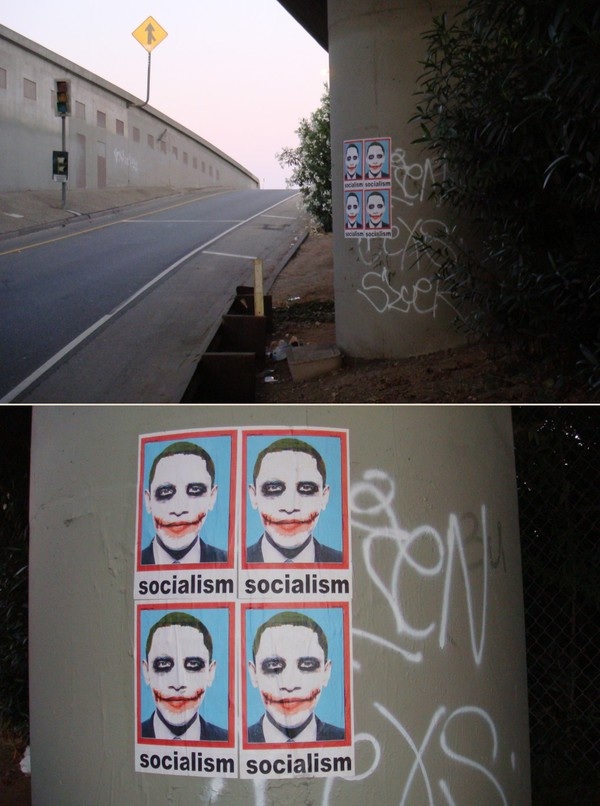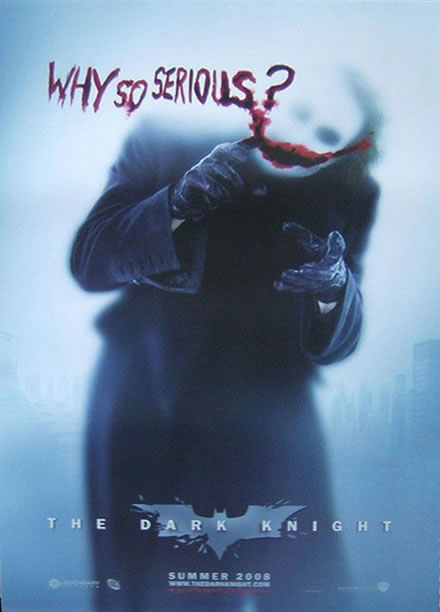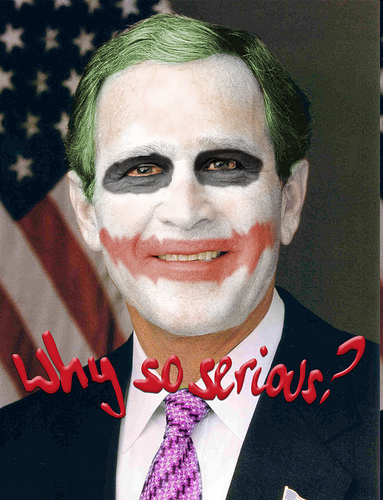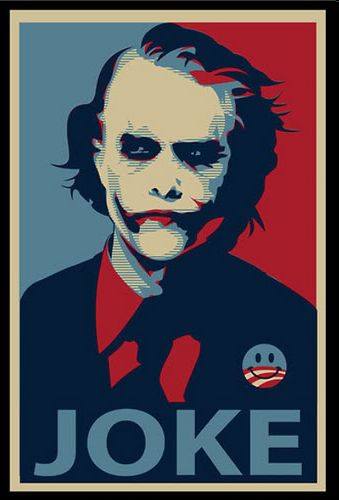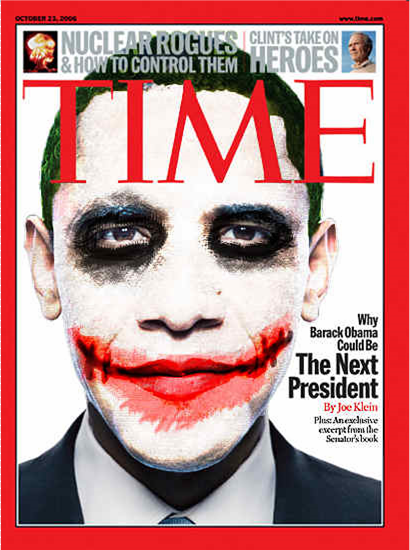Meeting of Minds: Cross-Generational Conversations About Digital Ethics (Part Two)
/You found that adults and teens had different understandings of the identity play which occurs online. Where do these differences come from?
GOODPLAY: In the dialogues, we asked what the participants saw as acceptable, and what they viewed as the risks and benefits of experimenting with and exploring one's identity online. Both adults and teens cited the ability to test out an "ideal self" as one of the primary benefits of online identity play. The two groups also identified common risks associated with identity play, such as not being true to yourself or becoming disconnected from your offline self.
However, as you note, we did observe differences between adults and teens in their attitudes toward online identity play. In addition to testing out an ideal self, teens mentioned the opportunity to recreate themselves online. Adults, on the other hand, were more likely to celebrate the ability to accentuate existing aspects of their personality. To make sense of this difference, we consider the fact that adolescence is generally regarded as a critical period for identity formation. Adolescents begin for the first time to ask themselves: "Who am I?" While this question is never answered once and for all, identity tends to become more stable as people leave adolescence and enter adulthood. Therefore, it's perhaps not surprising that the adult participants focused on minor alterations of existing identity elements, whereas teens considered more dramatic self-transformations.
With respect to the perceived risks of online identity play, teens focused to a greater degree than adults on the danger of developing relationships on a false or inauthentic basis. Again, this finding isn't surprising if we consider its developmental underpinnings. Interpersonal relationships become central during adolescence; it's in the context of reciprocal, trusting relationships that adolescents explore their identities. The feedback they receive from friends plays an important role in their decisions to highlight certain personal attributes and hide others. It's likely due to the centrality of peer relationships that our teen participants were more concerned than the adults about building inauthentic friendships online.
Some have argued that the emerging generation cares much less about privacy than preceding generations. Did your research bear out this oft-cited claim?
GOODPLAY: To a certain extent, yes. We found that teens are generally more comfortable sharing their lives online than adults. Teen participants had considerably more to say than adults about the benefits of sharing personal information with others online. Teens discussed the opportunities that the Internet affords them to express themselves freely, to get things off their chests, and to learn about friends and have their friends learn about them. In contrast, adults focused to a greater degree on the privacy concerns related to such self-disclosure. That's not to say that teens didn't express any concern about their privacy online. On the contrary, they were quite clear about their desire for privacy from adults!
How so?
Well, consider this quote from one teen participant: "Let me make it clear, for me Facebook is for socialising with my friends and expanding my friend circle and when my parents add me as a friend it really pisses me off so when my dad joined Facebook and added me as a friend I rejected his request that instance because I knew he was doing that to keep a check on me. for Gods sake!!! Parents should let us have our own privacy and not meddle in between as it may hinder the relationship we share." All joking aside, what sentiments like this point to is that teens aren't unaware of privacy issues, they simply have different norms when it comes to negotiating them.
Youth are often described as "the Napster generation" and accused of having little respect for intellectual property. What did you discover about the way adults and youth thought about attribution and authorship?
COMMON SENSE MEDIA: This question is interesting because both youth and adults identified how difficult it was to know what constitutes "best practice" given that the norms of the industry are in flux and because of the varying messages that artists convey to the public about how to buy their albums and from where. For instance, there are bands who have allowed customers to download their albums for the amount the customer believes is appropriate, while other bands abhor this practice.
GLOBAL KIDS: We saw both teens and adults actually call for new business models that addressed problems with downloading and made sure that authors got their fair share, while at the same time a majority of youth indeed admitted to downloading, with some being conflicted and some not about doing so. On the other hand, teens seemed quite adamant about both wanting attribution for their own work and about the importance of giving attribution to others when relevant, likely because they're creating more online remixes/mash-ups etc. than adults.
GOODPLAY: Interestingly, while a lot of teens were adamant about wanting attribution for their own work and giving attribution to others, fewer seemed to connect this to the issue of illegal downloading. When they did talk about the negative aspects of illegal downloading, they mostly worried about the negative consequences to themselves rather than the potential negative effects for the artists.
You cite one young person as saying, "the internet is a way for people to do what they want without getting in trouble." How characteristic is this of the attitudes displayed by young people in these conversations?
GLOBAL KIDS: Well, I think it's definitely representative of a certain subset of teens, though certainly not a dominant perspective. As we watched the dialogues progress and then conducted analysis of who said what, we noticed that the youth involved stratified into certain categories of thinking with regards to ethics, some that were more advanced and others less so, as GoodPlay mentioned above. We felt it was important to highlight that this sort of "do what you want without consequence" sort of thinking is indeed there, especially for teens on the younger end of the spectrum. We didn't want to be alarmist when sharing our results, as there's been plenty of alarmist rhetoric out there about young people's participation online, but rather be realistic about the views that exist and the resulting need for adult involvement in these conversations.
What insights did you get from this research which might inform the decisions made by parents? by educators?
COMMON SENSE MEDIA: I think that the biggest takeaway was that adults and teens are truly able to participate in meaningful dialogue about some of the tougher issues that emerge about life online if there's an honest and open setting to do so. Dialogues like these could be tailored to a variety of settings and could focus on a wide array of issues that might be specific to local needs in a given community. There are a lot of easy to use online tools (out of the box social networks like Ning, free forum and Listserv services, etc.) out there that can allow educators and youth workers to run online dialogues with their school communities during the school year. Increased dialogue online between teens and adults is not only important because the two groups generally inhabit the digital world in very different ways right now, but also because adults provide important guidance in terms of the ethical development of young people. Adults have always played this role in kids' lives and the more they are educated about talking about the digital aspects of their kids' lives the better.
GLOBAL KIDS: It's also important to note that this kind of cross-generational dialogue doesn't just need to happen online. We found that there are some real advantages to an online context, like a changed power dynamic where youth might feel more confident sharing openly. However, we know that having face to face conversations about these issues is critical whether it's in the home, in classrooms, in afterschool spaces or in other sorts of youth groups.
GOODPLAY: Actually, Henry, the recent collaboration between your NML team and the GoodPlay team is a great example of a school-based initiative aimed at promoting these types of conversations between adults and youth. The curricular activities that we created together - called Our Space: Being a Responsible Citizen of the Digital World - attempt to engage high school students in a thoughtful examination of the ethical issues that arise online. We hope that these activities will be an effective way for teachers to enter into conversations with youth and scaffold their ethical thinking.
COMMON SENSE MEDIA And by bringing parents into the conversation we can strengthen home-school partnerships to help young people navigate the ethical challenges of the digital world. With the aging down of online life, it's become imperative to begin these conversations in middle school and so we are working in collaboration with the GoodPlay Project to create a 5th-8th grade digital citizenship curriculum - Digital Literacy: Citizenship in a Connected Culture Check back at www.commonsense.org in late Spring for more information and access to these materials.
Katie Davis is a Project Specialist on several research projects led by Dr. Howard Gardner at Project Zero, including the GoodPlay Project, the Developing Minds and Digital Media Project, and the Trust and Trustworthiness Project. She is also an advanced doctoral student in Human Development and Education at Harvard Graduate School of Education. In recent work, she conducted a study investigating how girls in late adolescence and emerging adulthood use blogging as a way to express and explore their identities. For the Focus Dialogues, Katie and Carrie James, a Research Director and Principal Investigator at Project Zero, developed the framework that informed the dialogues, developed dialogue prompts, and synthesized findings.
Shira Lee Katz is the Digital Media Project Manager at Common Sense Media, where she manages the research and creation of a forthcoming Digital Citizenship curriculum for 5th-8th grade students. She is also a key point person for the Digital Media & Learning grantee network funded by The MacArthur Foundation. Shira holds a doctorate in Human Development and Psychology from Harvard Graduate School of Education. For the Focus Dialogues, Shira and Linda Burch, Common Sense Media's Chief Education and Strategy Officer, co-conceptualized the project, developed dialogue prompts, recruited adult participants, and produced the final report.
Rafi Santo is a Senior Program Associate in the Online Leadership Program at Global Kids, Inc. Rafi specializes in the design and implementation of educational technology projects and has done work as varied as online youth dialogues, youth advisories focused around digital media, social media civic engagement programs and youth leadership development and peer education in virtual worlds. He has collaborated on projects with many organizations and with MacArthur Foundation Digital Media and Learning grantees to strengthen their initiatives through youth voices and perspectives. Rafi has over 10 years of experience in youth development and education. For the Focus Dialogues, Rafi and Barry Joseph, Director of Global Kids' Online Leadership Program, conceptualized the project, developed dialogue prompts, recruited teen participants, housed and monitored the dialogues on their website, a wrote the final report.

![Reblog this post [with Zemanta]](http://img.zemanta.com/reblog_e.png?x-id=3fc89c04-6635-4b80-83b0-bb58f4eb22ee)

![Reblog this post [with Zemanta]](http://img.zemanta.com/reblog_e.png?x-id=32c2f2db-1482-4b34-9502-4e2c841ae0b7)
![Reblog this post [with Zemanta]](http://img.zemanta.com/reblog_e.png?x-id=7b7b43e7-c1a2-4001-bada-efc82508d276)
![Reblog this post [with Zemanta]](http://img.zemanta.com/reblog_e.png?x-id=ec053f8e-cbb2-4747-bf27-39128120381b)

